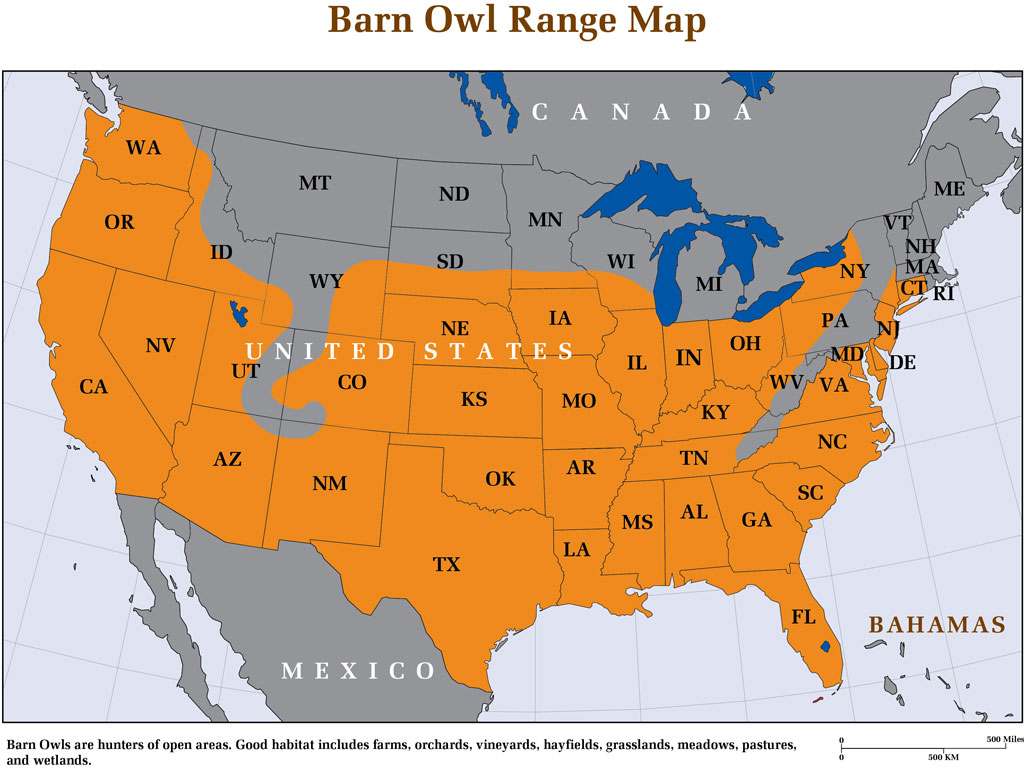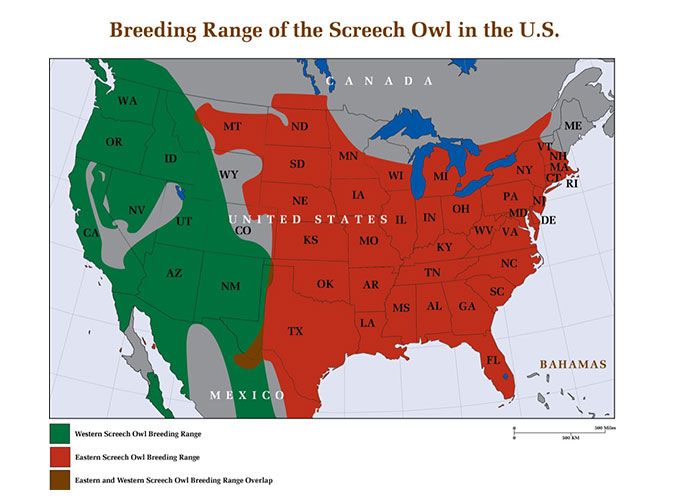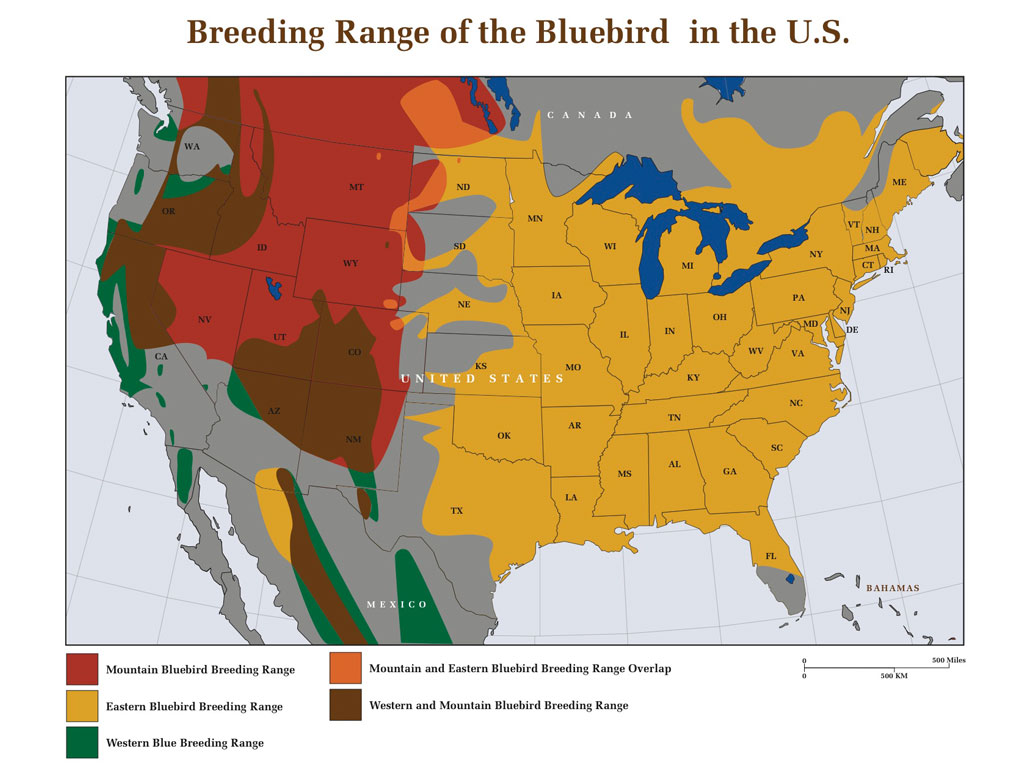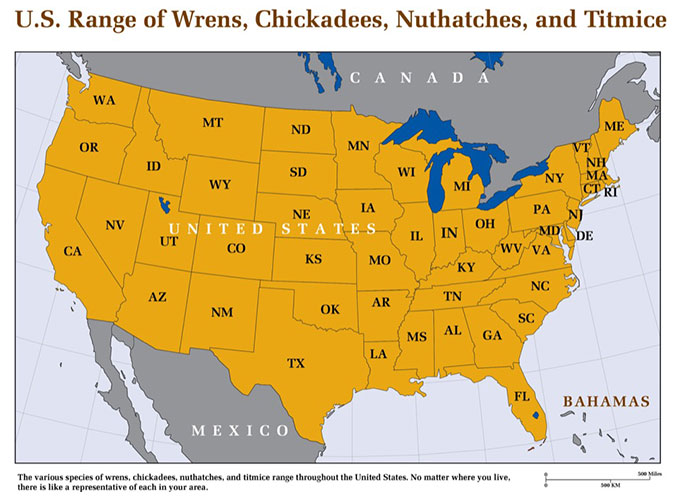Free Shipping to the Contiguous United States
Costa Rican Barn Owls
Our own North American barn owl, Tyto furcata pratincola, is part of the entire Tyto furcata group known as American Barn owls that range from southern Canada all the way to Argentina. The subspecies in Costa Rica is Tyto furcata guatemalae which ranges from Guatemala down through northern Columbia. The race is somewhat darker and more heavily speckled than the North American barn owl, but in habits is much the same.

In my recent visit to Costa Rica to find out whether barn owls are being used in agriculture there, I was surprised to learn that no one knew of a single nest box that anyone had installed for these birds. But conversations about the proliferation of rodent pests in agriculture such as sugar cane and rice led me to believe that the use of barn owls in this beautiful country has the potential for a great deal of benefit to farms and plantations.
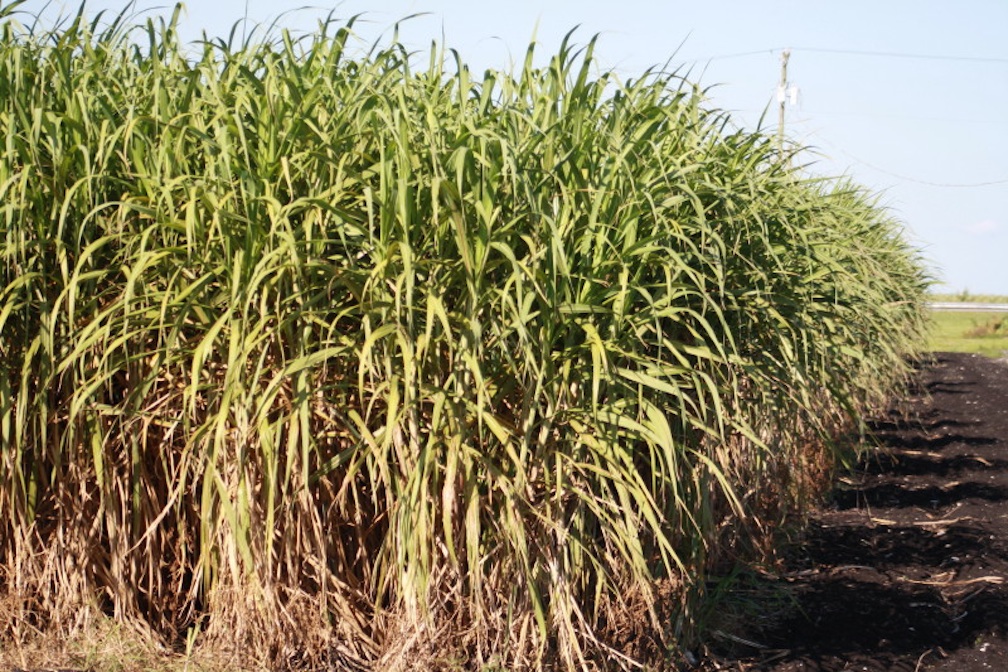
My naturalist friend George Hagnauer who lives with his family on a beautiful property near the town of Canas in the dry sunny state of Guanacaste told stories of rat plagues when rat populations boomed in the monocultures of sugar cane and rice. Rats became a terrible problem in people’s gardens and homes and of course destroyed crops at devastating levels.
The farmers resorted to a cocktail of poisons and the result mirrored those that had occured decades earlier in Israel, with many other non-target animals succumbing to the poisons by preying on the effected rats and mice. This included many raptorial birds such as hawks and owls and other wild predators. One of the more insidious facts about the poisons used in Costa Rica is that many of them are poisons banned for use in the U.S., but still manufactured in the U.S. and shipped to other countries where they exact untold damage on wildlife and ecosystems.
The fact that sugar cane enterprises in Florida are utilizing hundreds of barn owl nest boxes to manage rodent numbers to prevent such outbreaks is testimony to the effectiveness of barn owls in suppressing crop damage in that one crop alone. Costa Rica is a major producer of bananas and using barn owls there should be explored for its potential for lowering the use of poisons in one of the most biodiverse regions of the world.

